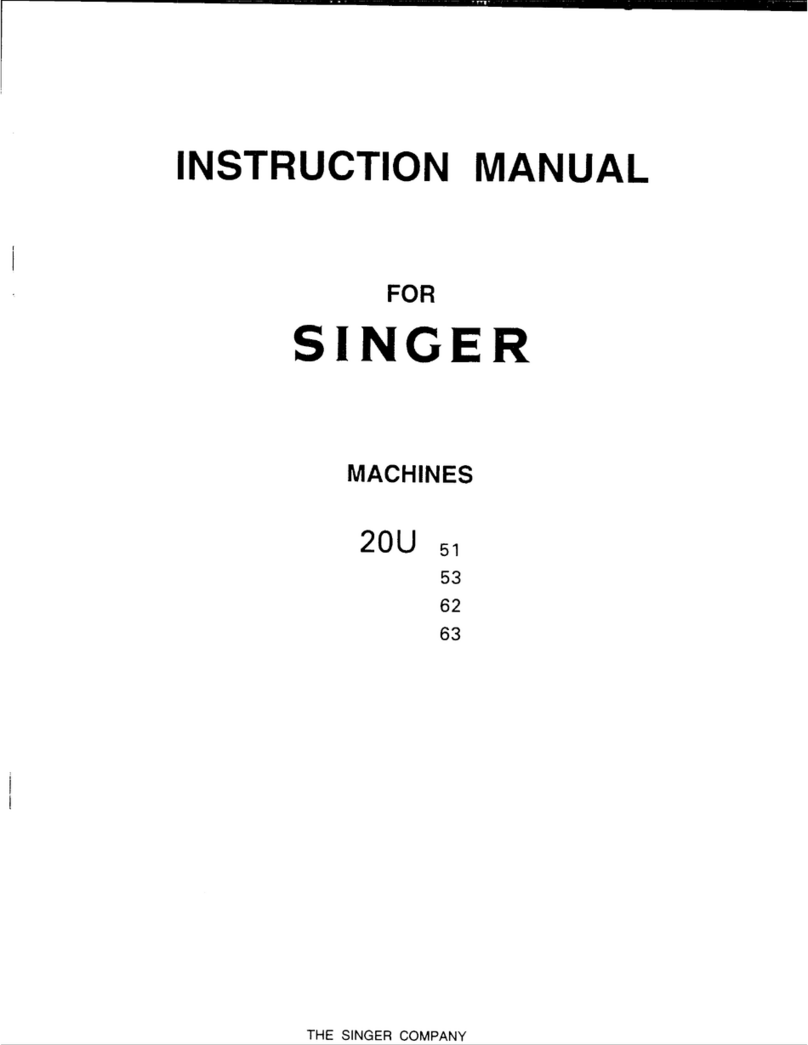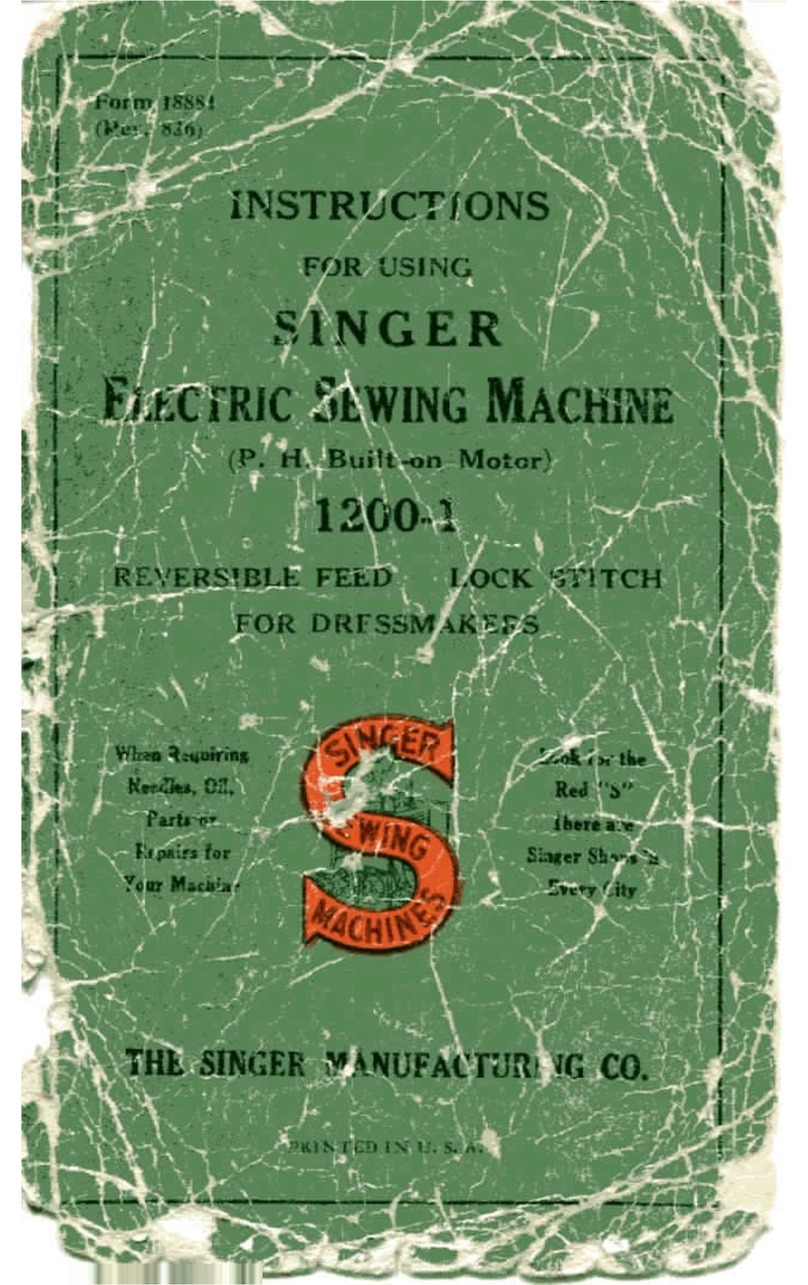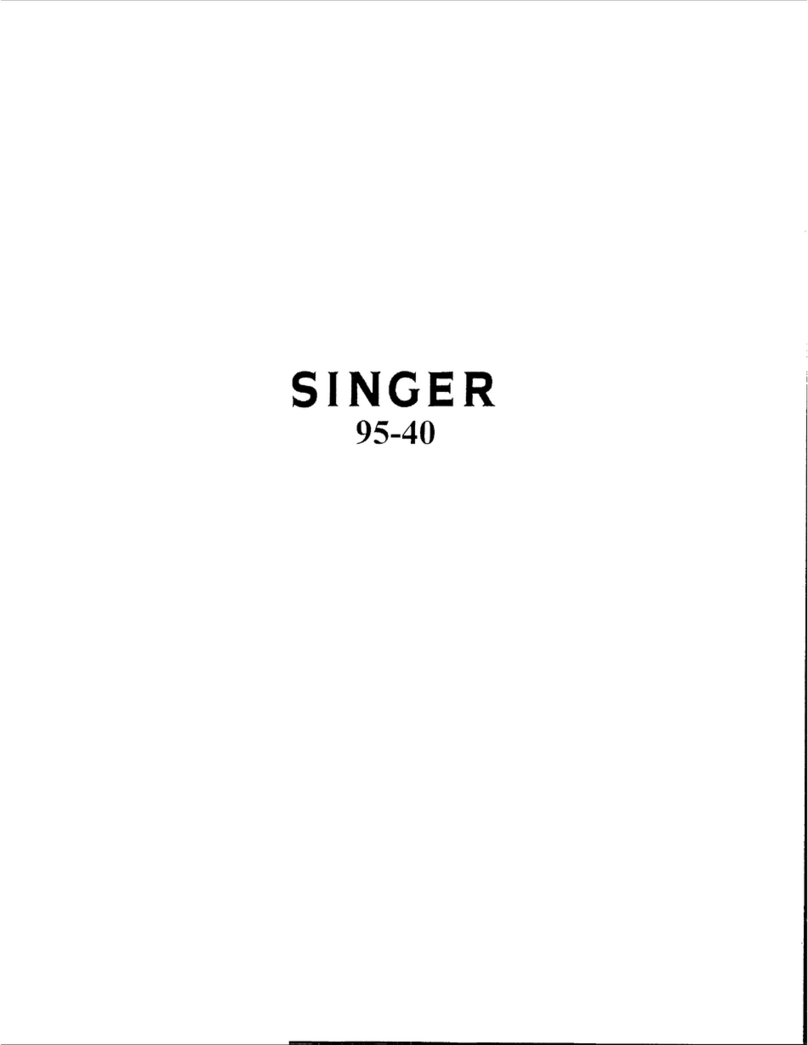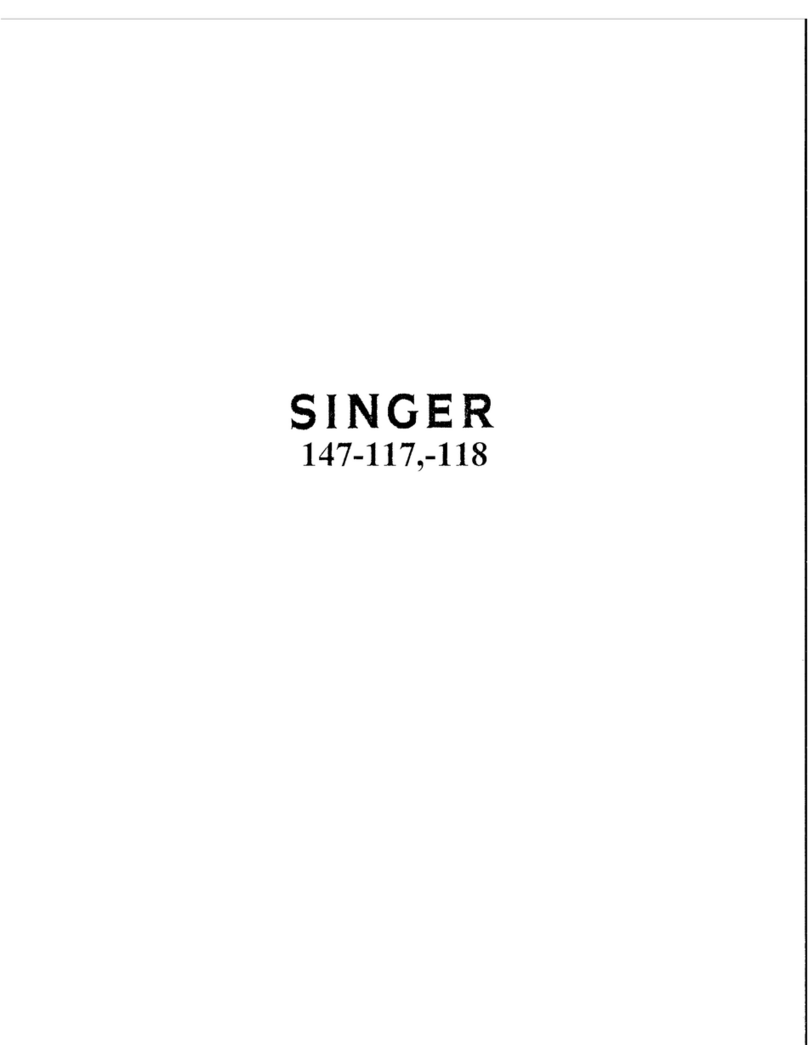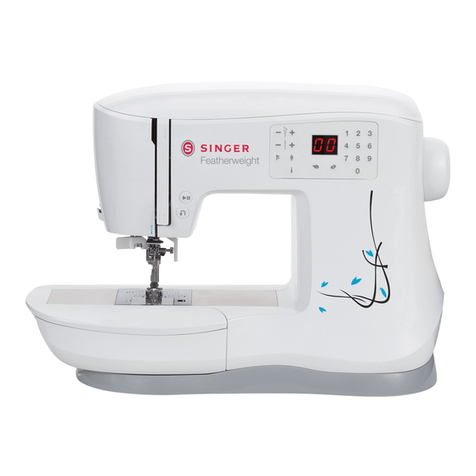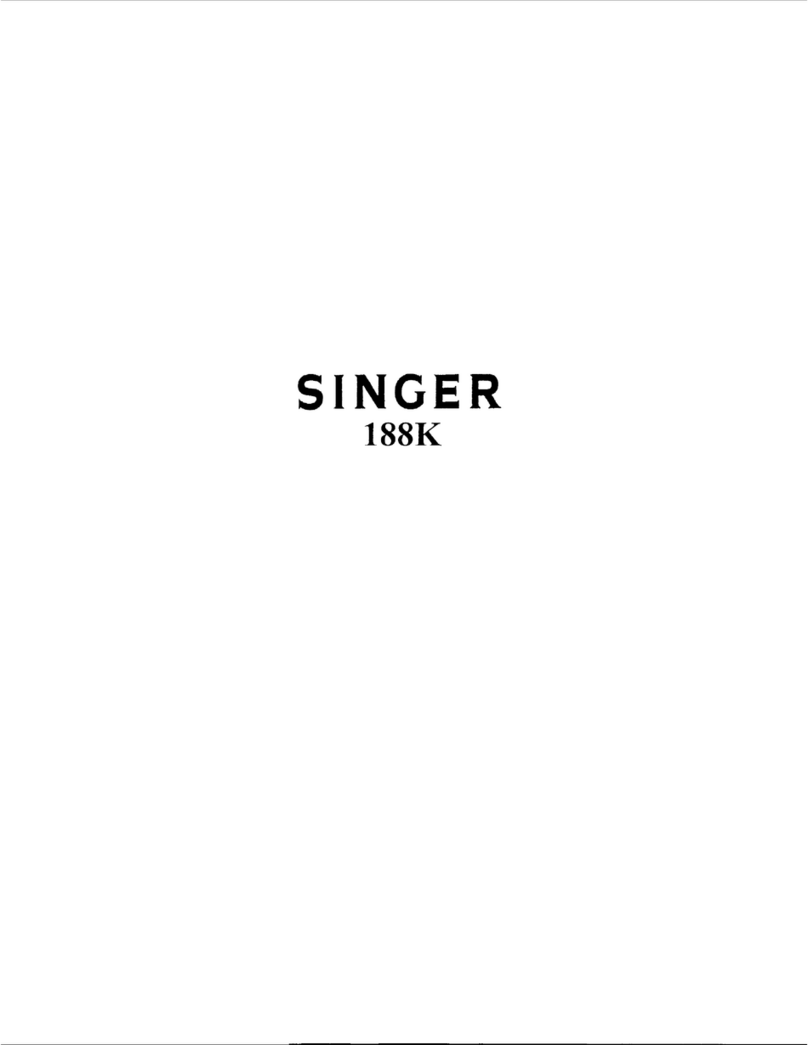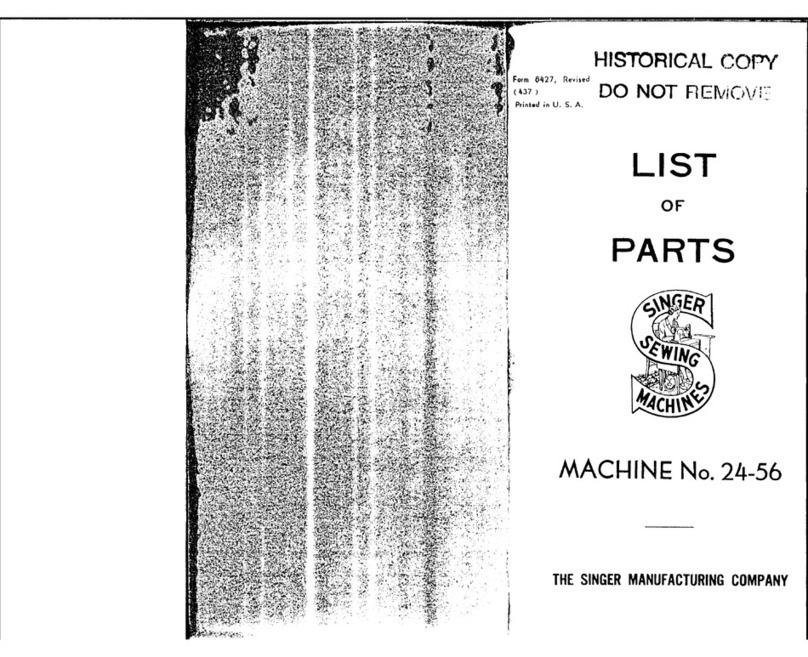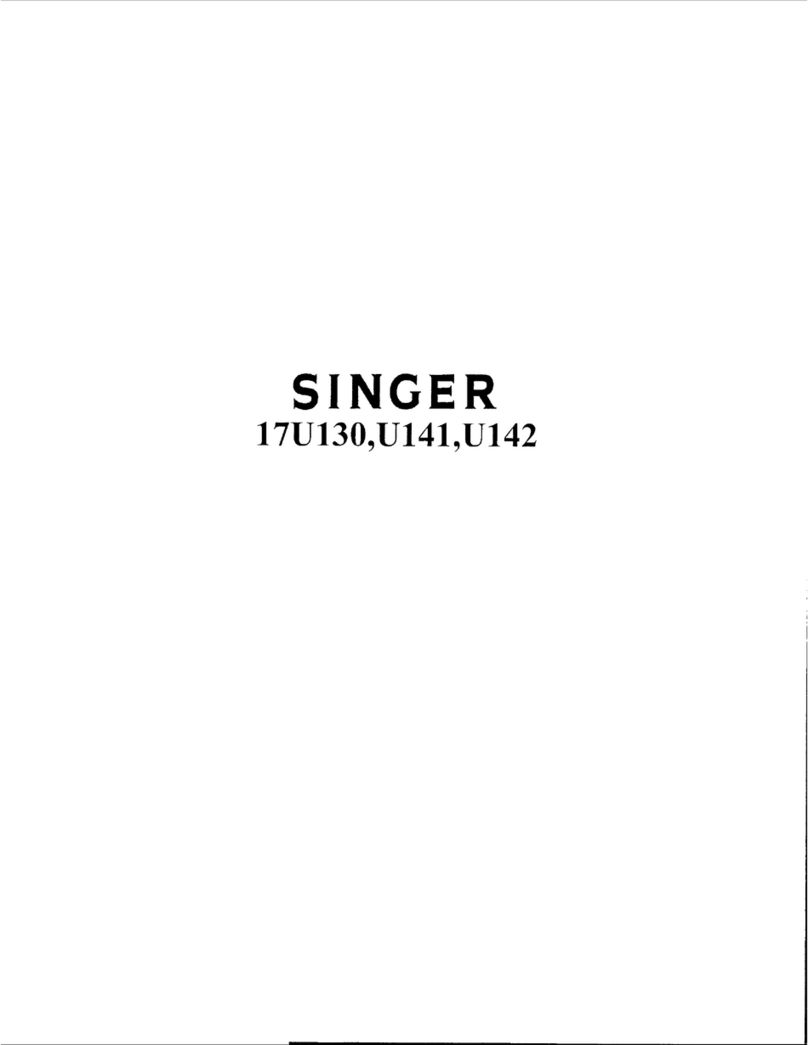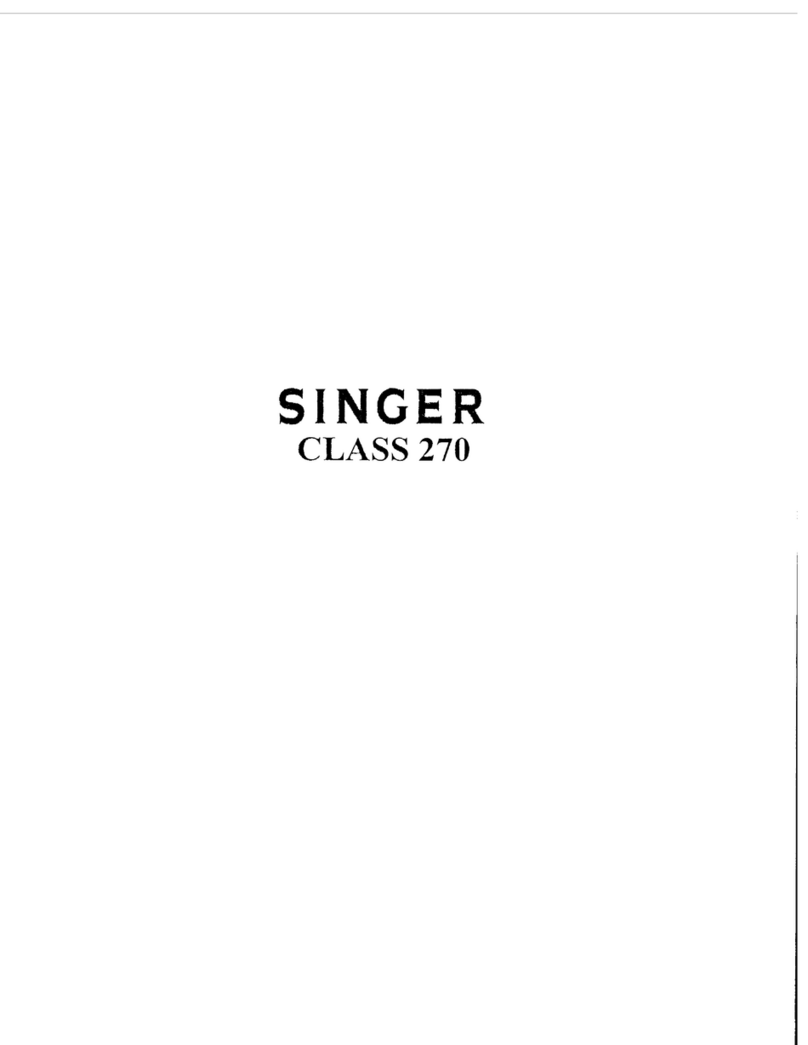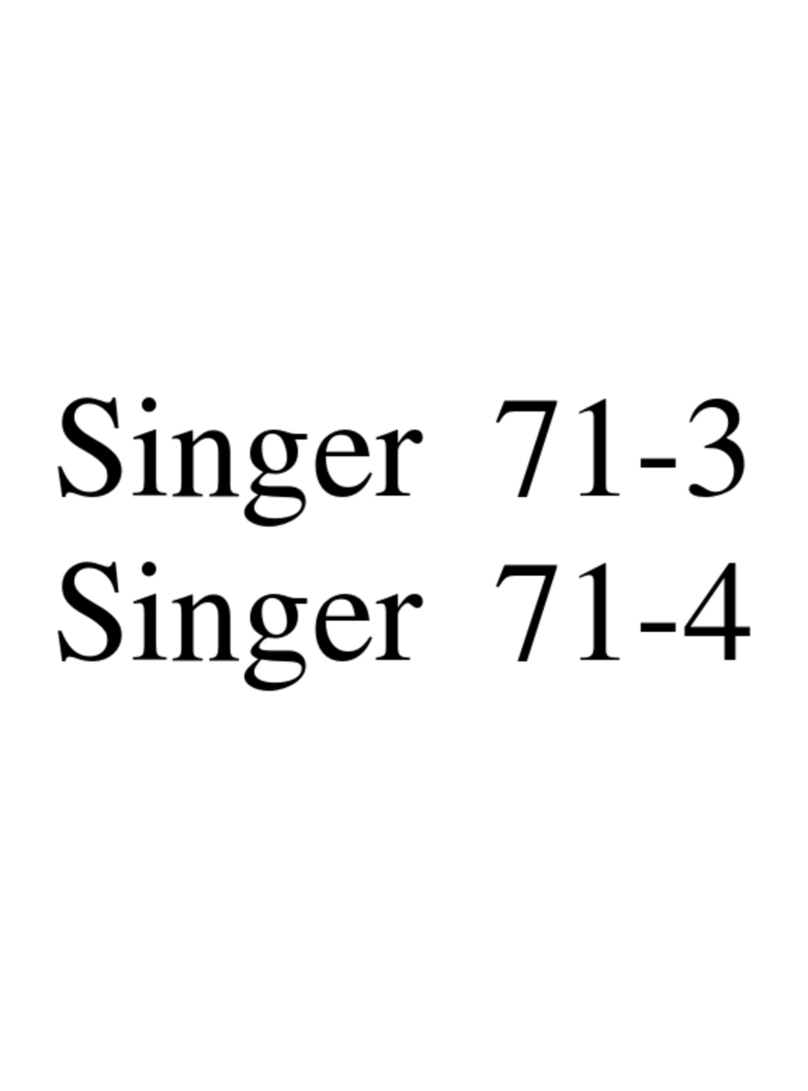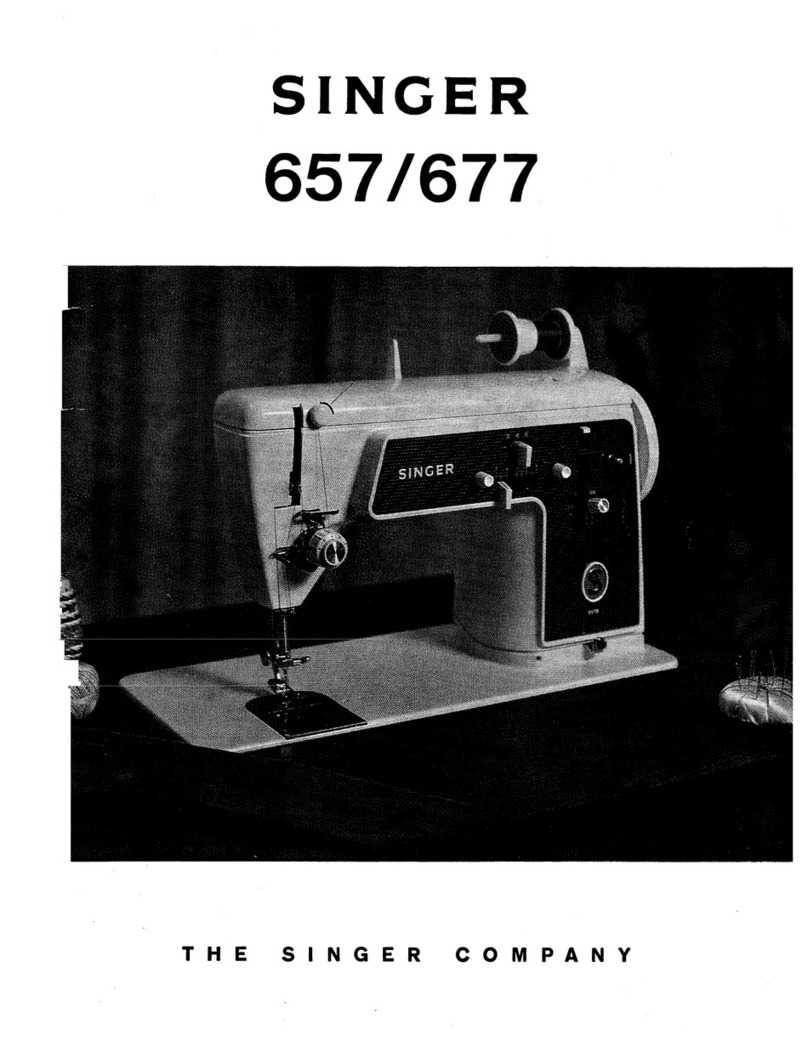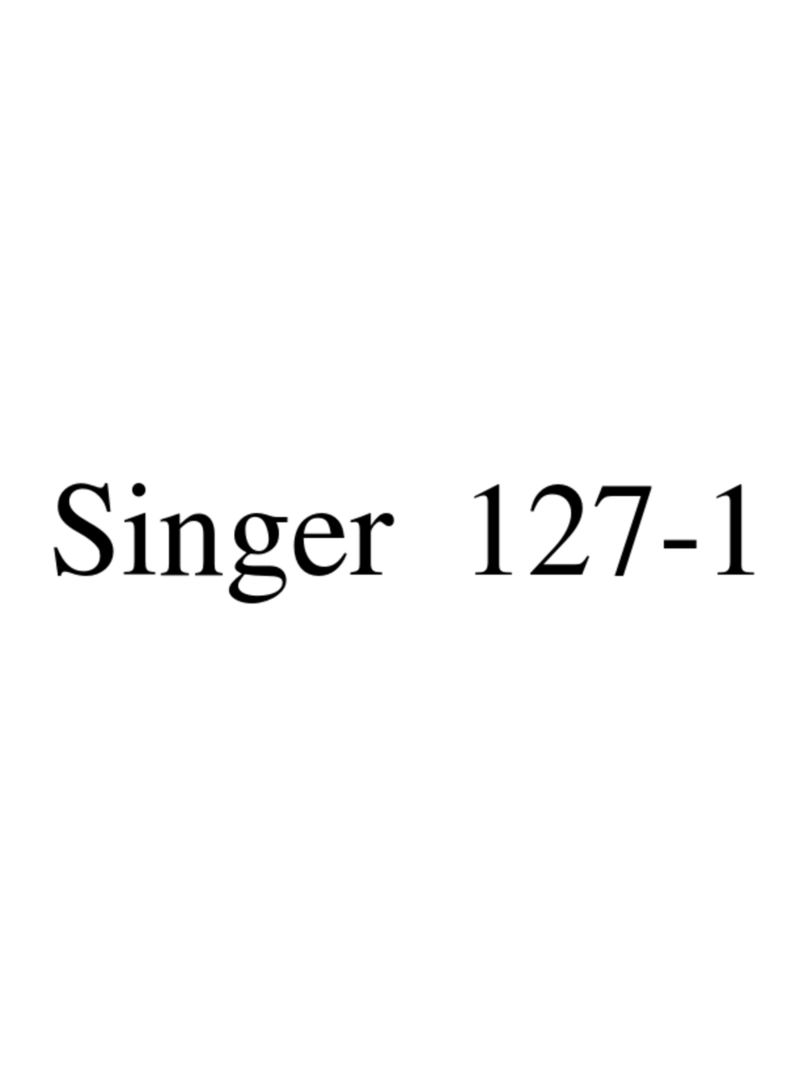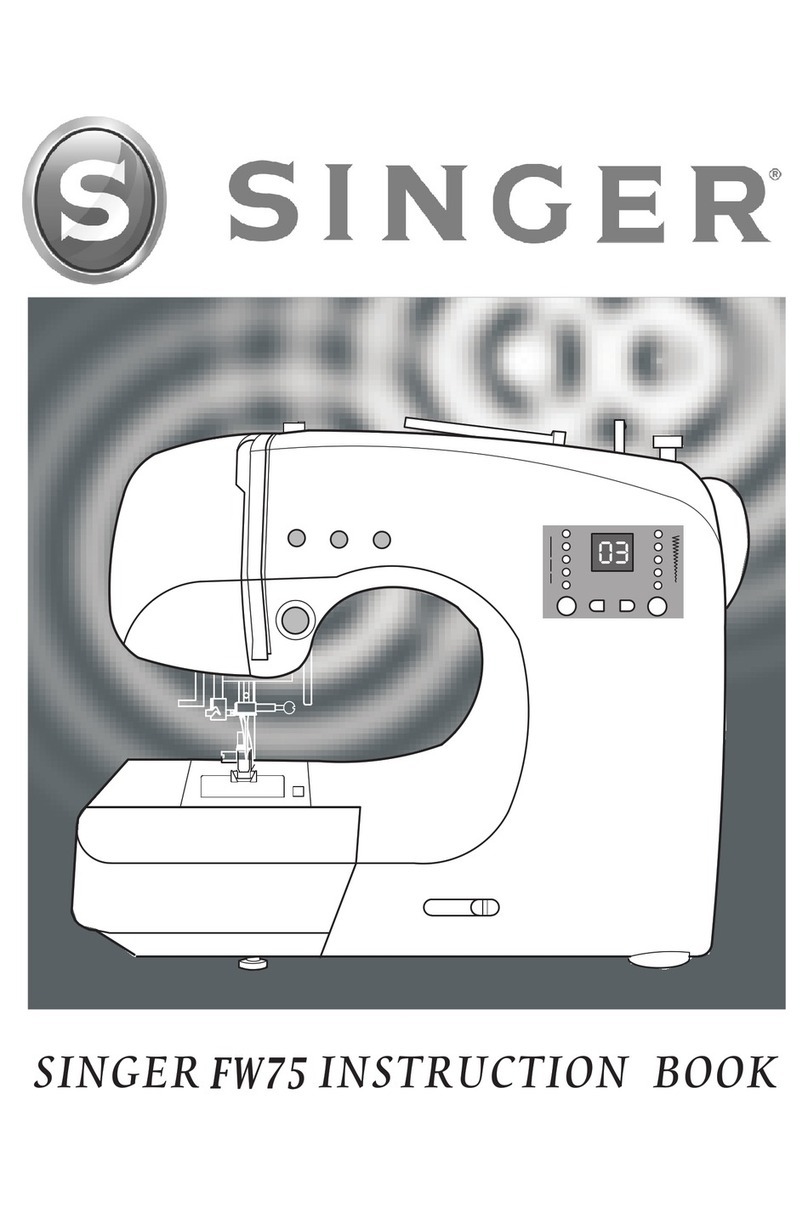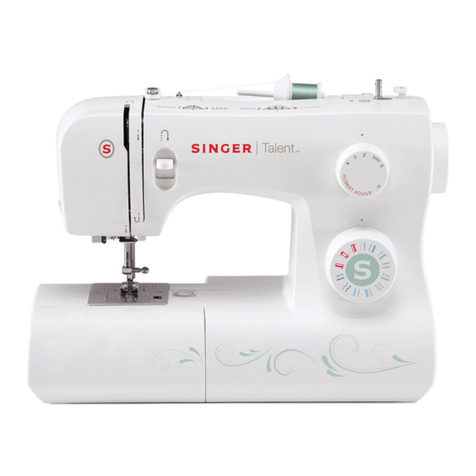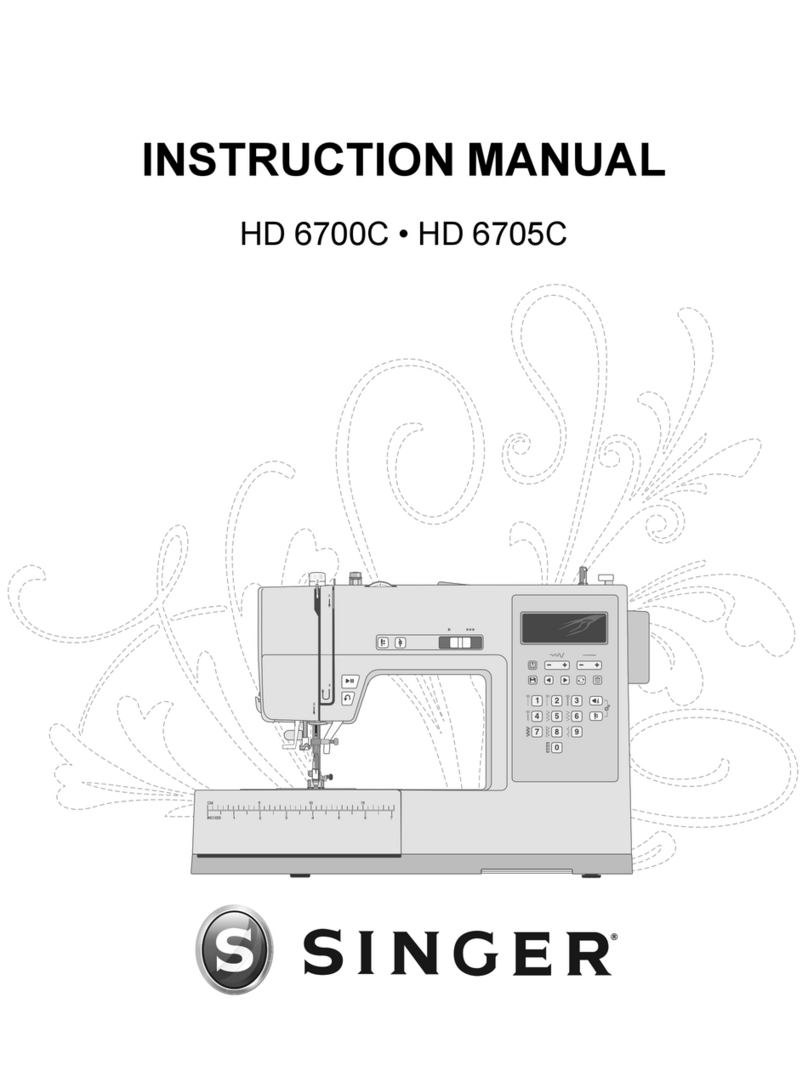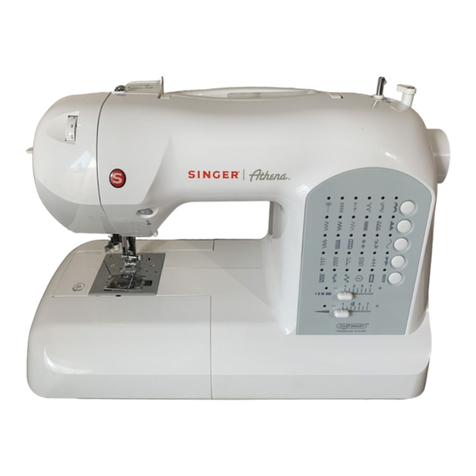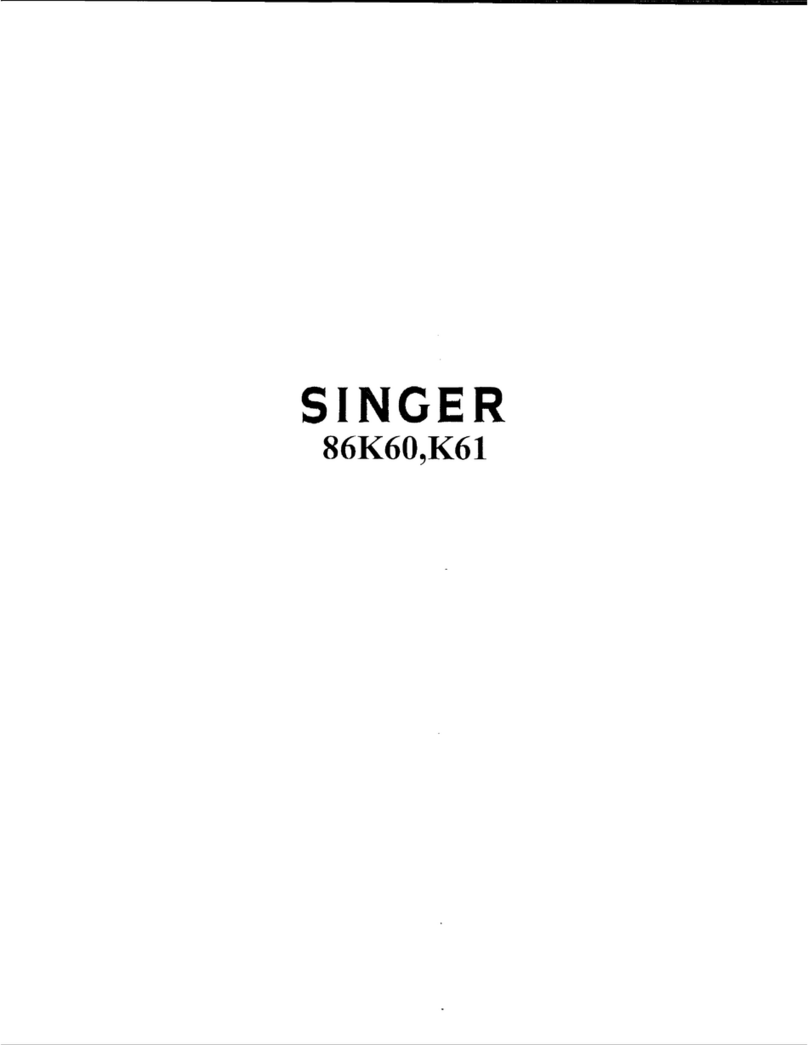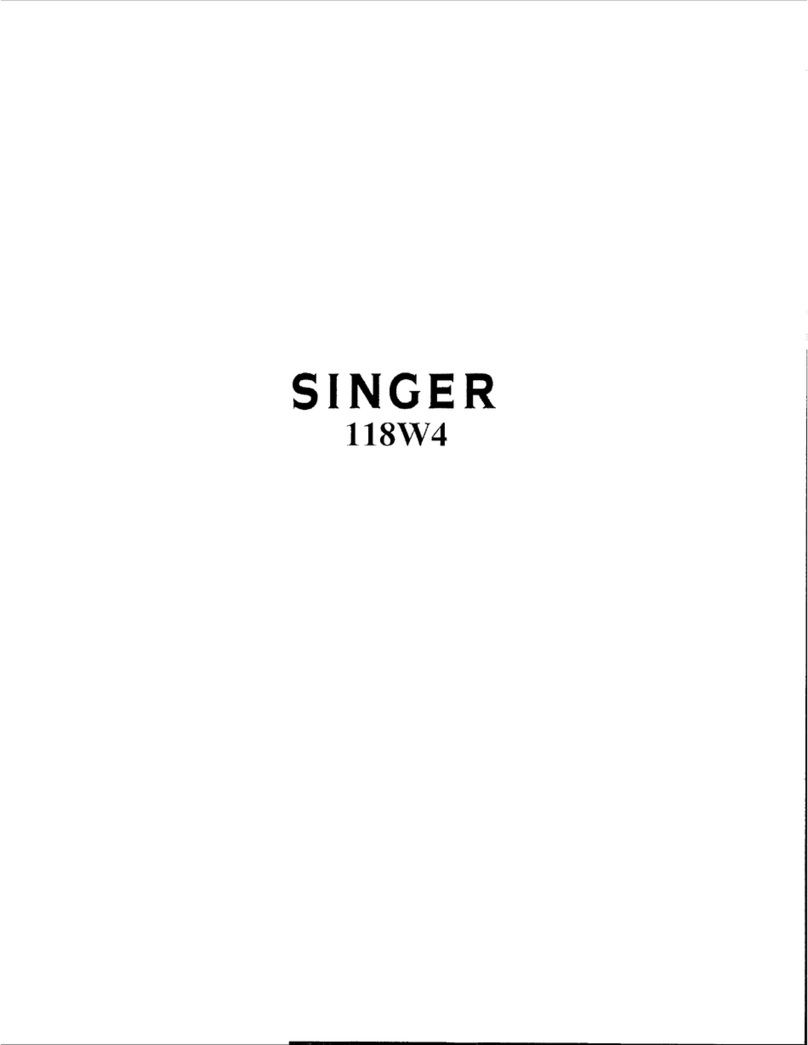
Names
and
function
of
component parts.
Accessories
Carr
iag
e
Main body
of
machine
1.
Assembli
ng
procedure. . . . . . . 1
2.
Preparation
for
knitting
. . . . . .
..
.
..
4
* R
ow
co
unter.
. 5
* Latch needle
positioning.
. . . . . . 6
* The
la
tch
need
le and names
of
its parts. 6
3.
Casting on and stockinet
knitting.
. 7
* The
re
lation between the Stitch Dial
a
nd
ya
rn. . . . . . . . . .
.11
4. H
ow
to
use
the
Knit
Contour
12
* Names
of
component parts and
their
operation . .
...
...
...
. 12
* Pattern
Paper
. . . . . . . . . . . . . . . . . . 12
* G
au
ge
Scale . . . . . . . . . . . . . . . . . . . 12
* Stitch
Sca
le. . . . . . . . . . . . . . . . . . . . 12
*
Ce
ntre Scale . .
..
..
. . . 12
* H
ow
to
measure a swatch
with
a
Gauge
Scale . . . . . . . . . . . . . . . . . . . 12
* H
ow
to
set
the Stitch Scale. . . . . . . . . 15
*
How
to
set
the Row Number Dial
....
*
How
to
set
the Pattern Paper
..
* P
re
paratory Steps
for
Knitting
.
5.
Basic
techniques
for
knitting.
(1)
Wa
ste
Knitting
* Methods
of
Increasing. .
..
. .
(2) Increasing one stitch at the
edge
(3) Incr
easing
two
or more stitches at
15
16
18
19
19
19
19
the edge. 20
* Metho
ds
of
decreasing 20
(4) Decreasing one stitch at the
edge
....
20
(5) Decreasing
two
or more stitches
at
the
edge
..........
. .
..
...
.
* Method
of
Partial
Knitting
...
..
..
.
(6) Parti
al
knitting
by
decreasing stitches.
(7) Partial
knitting
by increasing stitches .
* Finishing
(8)
How
to
remove the garment
from
21
21
22
23
machine . . . . . . . 24
(9
) Binding
off
K1
P1
Ribbing.
.
.....
25
(10)
Se
aming on machine
or
Bin,ding
off
..
25
(11
)
Kitc
hener stitch or weaving ......
..
26
(
12
)
Seam
ing the side
edges
. . 26
(13)
Sl
ip stitches
......
...
...
....
..
27
(14)
How
to
make
buttonho
l
es.
. . 27
(1
5)
Hemming a garment . . . . . . . . . 28
(16) Bound
off
Cast-On (Closed
edge
Cast
-o
n) . . . . . . . . . . 28
(17) Mock
Ribbing.
. . . . . . . . . . 29
6.
Let's
Knit.
. . . . . . 30
Lady's pullover
...
. .
...
. .
...
....
30
Man's Cardigan . . . . . . . . . . . 35
7.
Pattern
Knitting.
. . . . 38
*
How
to
read the Punch Card. . 38
*
How
to
use
the marking
A,
B,
C, Don
the card . . . . . . . . .
..........
38
* The Relation between the Pattern Marks
on the Needle
Bed
and Patterns. 39
*
How
to
use
the
Vinyl
Tape. . 39
* Installing the Card Guide
........
40
*
How
to
set
the
Pun
ch Card. . . . . . . 40
* First Setting Position . .
*
How
to
Read
the Operation Table .
*
Prepa
ra
tions
for
Knitting
Pattern
Stitches
.....
Tuck stitch pattern
40
41
42
43
48
Tuck stitch pattern
in
colours .
Slip
st
itch pattern
....
Slip stitch pattern in col
ours.
....
..
51
54
Knit-in (Fair
is
l
e)
. . .
..
.
..
. 57
Mag
ic
point
(Motif)
......
.
..
.....
61
Weaving . . . . . . . . . . . . . . . . . 65
Punch
lace
70
Pattern
knitting
using the every-other
row feeding mechanism. . 73
Platting .
76
Lace
knitting
78
How
to
use
the New Magic
Cams
.
...
.
80
* In
case
of
Magic Point
Knitt
i
ng
...
.
..
81
* In
case
of
Knit
-i
n and Weaving
...
. . .
81
Pattern stitches
without
using punch
card . . . . . . . . . . . . .
82
1.
K1.
P1.
Ribbi
ng
. 82
2.
Garter
stitc
h . . . . . . . . . . 82
3.
Open
work
. . . . . .
..
. . , . . . . . 83
4. Cable stitch. . . . 84
5.
Solid pattern
of
knit and purl stitch. 84
6.
Cord
knitting
85
8.
Hel
pful
hints.
86
*
If
the Carriage
has
jammed
while
knitting
86
*
How
to
repair incorrect
knitting
. .
86
* When the Carriage
is
Accidentally Pulled
Off
the Rail in the Middle
of
Pattern
Knitting
. . 88
* Relation between Touch Levers and
patterns in
each
form
of
Knitti
ng.
* If the yarn gets loose or entangled at
the
edge
of
fabric
...
*
How
to
Correct a Dropped Stitch
While
Knitt
ing
......
.
89
89
90
* If the yarn
is
entangled in the
"Memory
Bank"
..
. . .
91
*
If
the Carriage
will
not
move
smoothly.
91
* Replacing damaged needles .
92
9.
Maintenance instruction .
(
1)
Lubrication.
(2)
After
us
i
ng
the machine
..
10.
How
to
repack the machine.
Knitting
symbols . .
.....
93
93
93
94
95
Downloaded from ManualsNet.com search engine

